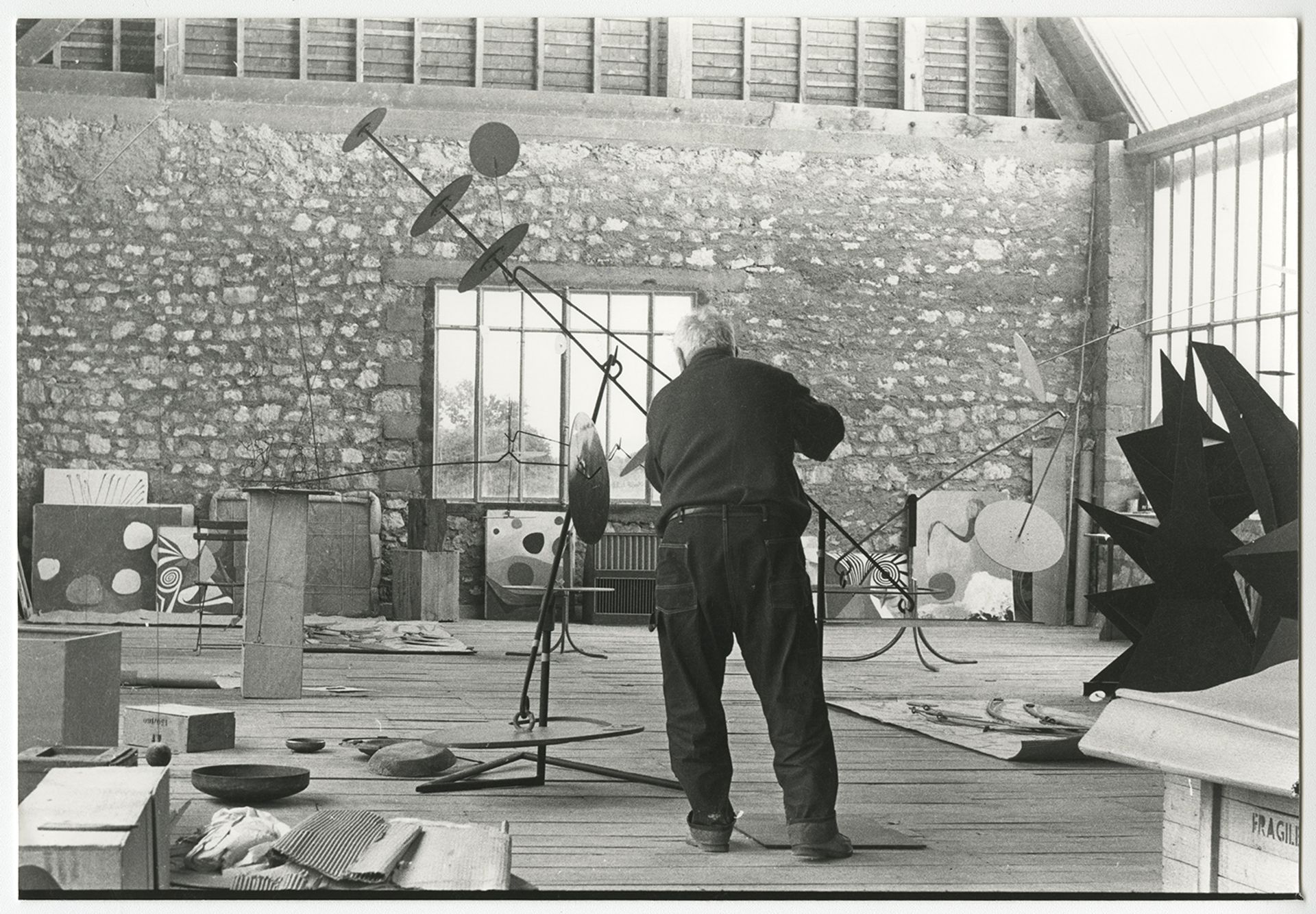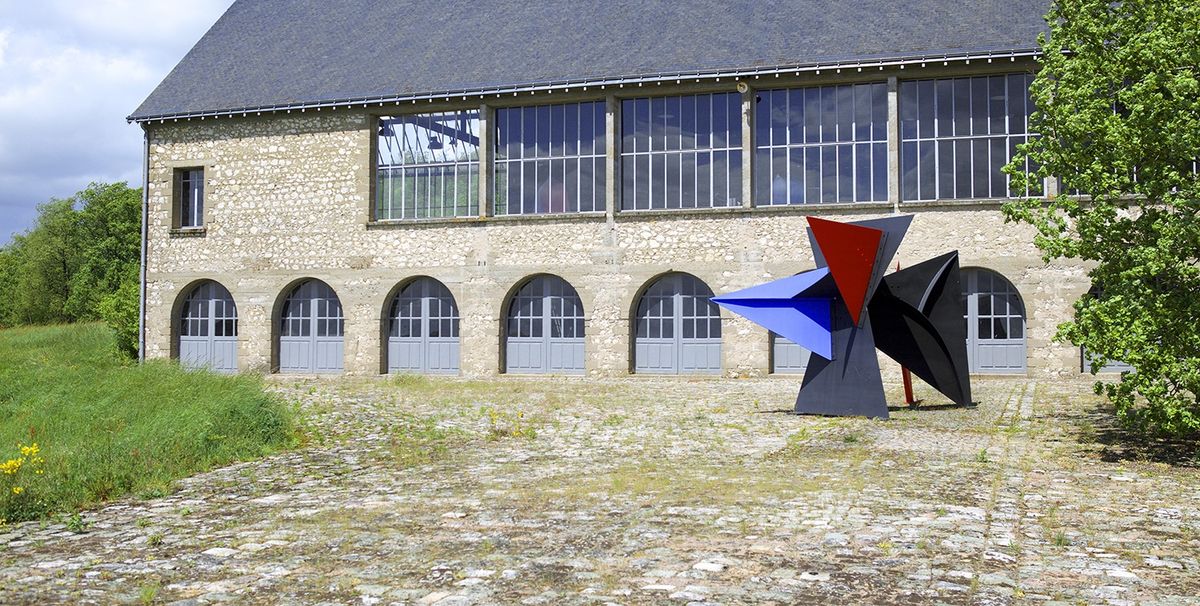Three artists have been chosen this year to move in to Alexander Calder’s former home studio in Saché, in France’s Loire Valley, which the artist designed and built in 1962. The three-month Atelier Calder residencies, organised in collaboration with the US-based Calder Foundation, provide artists who produce three-dimensional works with a stipend for living expenses, funding and technical support to create new work. “Our mission is to offer the time and space to make work, so although we do open the studio to the public for two days at the end of each artist’s stay, our emphasis is not on exhibiting,” the Calder Foundation’s president, Alexander S.C. Rower, told The Art Newspaper over email.
The spring 2017 artist-in-residence is the Tehran-born, Toronto-based artist Abbas Akhavan, whose previous works explore the domestic space and domesticated landscapes, including site-specific ephemeral installations, drawing, video and performance. Akhavan’s exhibitions this year have included the group shows Making Nature: How We See Animals at the Wellcome Collection in London, and But a Storm Is Blowing from Paradise at the Solomon R. Guggenheim Museum in New York.
The Vancouver-born, New York-based artist Rochelle Goldberg, who is the summer 2017 artist-in-residence, creates sculpture in both organic and inorganic material, including live chia grass, steel, crude oil and ceramic. She had a solo show, The Plastic Thirsty, at the Sculpture Center in New York this year and was included in the group show Mirror Cells at the Whitney Museum of American Art.
The fall 2017 artist-in-residence is the Prague-born and based Eva Kot’átková, who showed work at the Parcours sector at Art Basel Miami Beach in June. Other exhibitions include the group show Bedlam: the Asylum and Beyond (until 15 January 2017) at the Wellcome Collection in London and a solo show at the Maccarone gallery in New York. She works in a variety of media, including sculpture, collage, performance, installation and film.
“We do think about which artists are continuing in Calder’s legacy [when choosing the artists-in-residence], but not in an obvious way, of making mobiles, for example,” Rower says. “Calder’s imprint on contemporary art—as a pioneer in performance and experimental art, and art incorporating found materials, sound and light—is quite extensive.” Previous artists-in-residence have included Trisha Donnelly, Monika Sosnowska, Haegue Yang and Haroon Mirza. Rower adds: “It can be more interesting to see who is pushing the boundaries of what is considered art today, or engaging in the quintessential questions of universal existence—two things that Calder did in his own time.”



